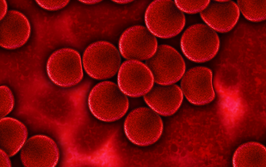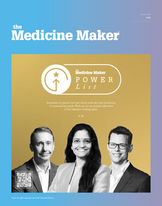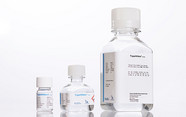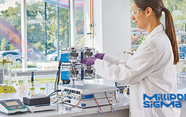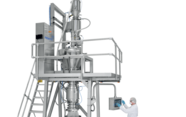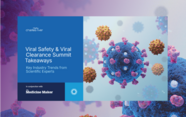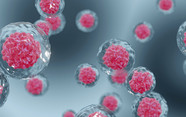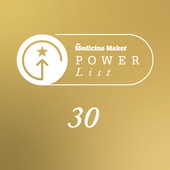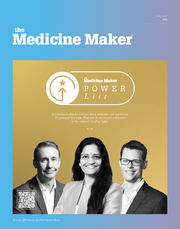A Career of Antibody Drug Conjugates
From different modalities to overcoming aggregation; we find out what advances are affecting the development of ADCs.
Stephanie Vine | | 3 min read | Interview

Antibody drug conjugates – hype or hope? According to Catherine Bladen, Vice President, Regional Executive and Principal Advisor of Vector Laboratories, there’s a wealth of exciting advances shaping the development space of antibody drug conjugates (ADCs). We get her view in this quick-fire Q&A.
Why is antibody drug development such a fascinating field to work in?
For me, it’s the opportunity to be involved in research that changes patients' lives in real time. ADCs have revolutionized therapeutic strategies by targeting multiple antigens or epitopes. They allow antibodies to simultaneously bind two or more targets, opening novel pathways to engage the immune system directly in tumor killing.
What have been the biggest or most exciting moments for the field over your career?
That’s an easy one: the advent of genetic engineering approaches in recombinant antibody technology. Recombinant antibody technology overcomes many of the constraints of hybridoma-based antibody production. It strengthens the quality and reproducibility of experiments at every level, from basic academic research to optimizing therapeutic candidates.
What trends are you seeing in antibody development today?
Many novel ADC formats exist, including bispecific ADCs, conditionally active ADCs, immune-stimulating ADCs, protein-degrader ADCs, and dual-drug ADCs. Each offers a potential new modality for ADC activity. For example, bispecific and dual-drug ADCs can address resistance and heterogeneity with enhanced activity, while conditionally active ADCs allow us to “switch on” an ADC only when it enters the tumor microenvironment, minimizing side effects and maximizing efficacy. This, along with other patient-centred approaches, is, in my opinion, the future of this space.
Combining ADCs with other cancer treatments, such as immunotherapy, targeted therapies, or traditional chemotherapy, could also enhance therapeutic outcomes. Examples of combination therapy research include ADCs and immune checkpoint inhibitors, ADCs and small molecule inhibitors, ADCs and radiation therapy.
ADCs are often limited by acquired resistance and treatment-related adverse effects, so the more options we have, the better. As innovation in biomarker research and technology continues, our ability to fine-tune ADC design will also evolve. These advances will shape the ADC landscape by informing strategies in personalized medicine – helping researchers select the right patients, targets, and treatment regimens – which in turn can improve therapeutic outcomes and reduce adverse effects. In this way, biomarker-driven approaches are central to improving patient-centered clinical outcomes in ADC development.
What are the limitations of current antibody therapies, and how is the field addressing these gaps?
The major challenge with ADCs is off-target toxicities, which result from the cytotoxic small molecules being released prematurely into the blood circulation. The risk increases depending on the toxicity of the payload used.
ADCs are also prone to aggregation. Aggregation presents a major challenge in terms of meeting the guidelines for stability testing to gain eligibility for governmental registration. The right linker can assist with the stability of the ADC, but bystander effects have been observed, and their impact is relatively unknown. Another factor that presents a challenge is drug resistance. Acquired drug resistance mechanisms, such as a low level of the target antigen on the tumor cell, significantly impact payload internalization and retention.
What are the key factors in ensuring the manufacturability and cost-effectiveness of antibody therapies?
We wrestle with this a lot. Often, antibodies that have undergone complicated engineering technologies can prove difficult to manufacture. Advances in AI predictions of manufacturability/aggregation, however, along with improved formulation design, will potentially allow us to manufacture previously difficult molecules at scale.

Making great scientific magazines isn’t just about delivering knowledge and high quality content; it’s also about packaging these in the right words to ensure that someone is truly inspired by a topic. My passion is ensuring that our authors’ expertise is presented as a seamless and enjoyable reading experience, whether in print, in digital or on social media. I’ve spent fourteen years writing and editing features for scientific and manufacturing publications, and in making this content engaging and accessible without sacrificing its scientific integrity. There is nothing better than a magazine with great content that feels great to read.



